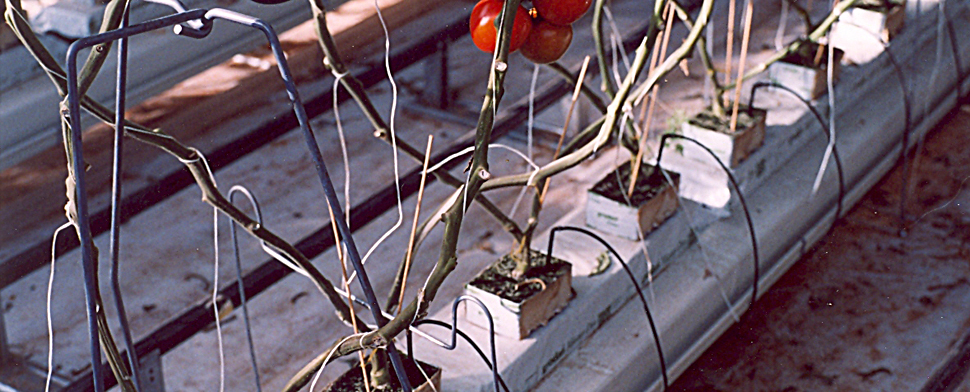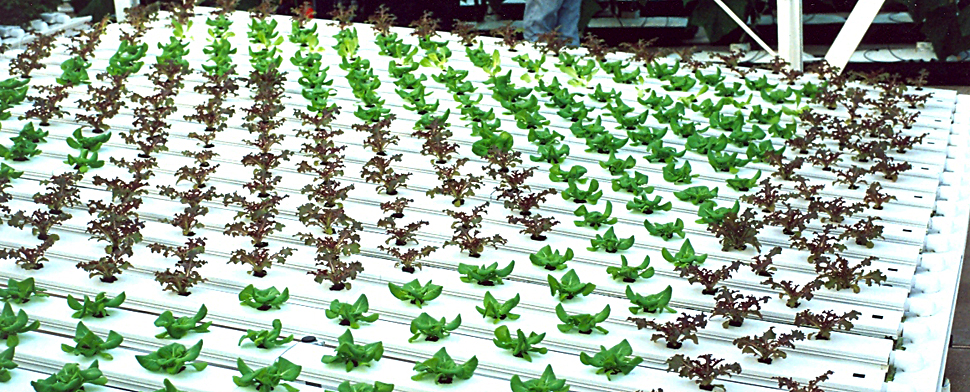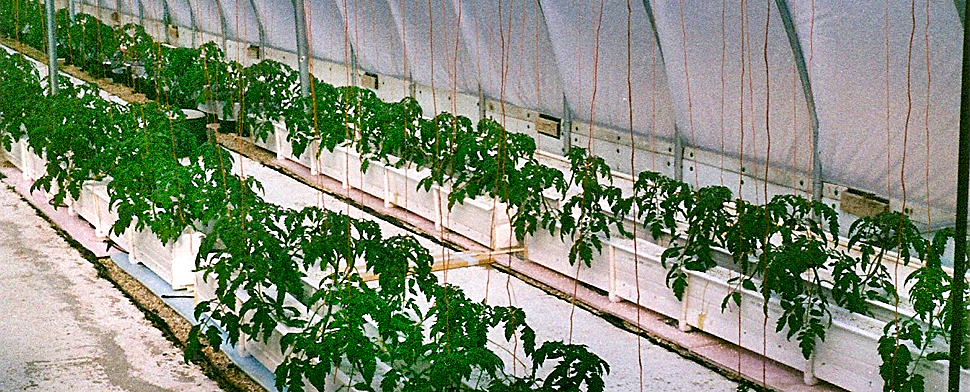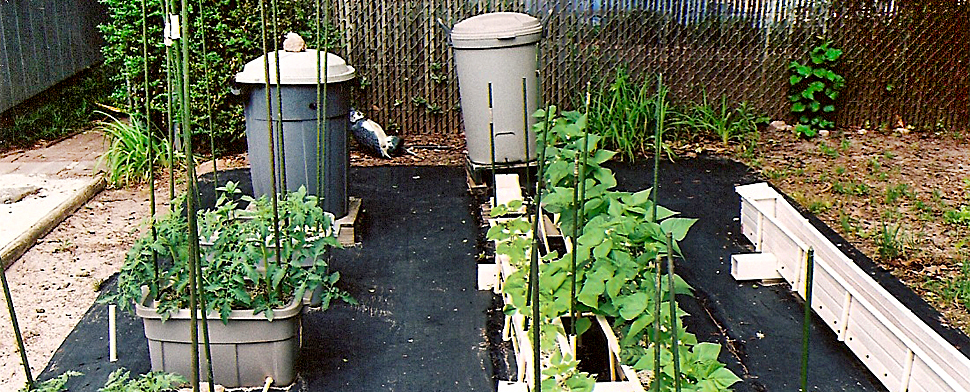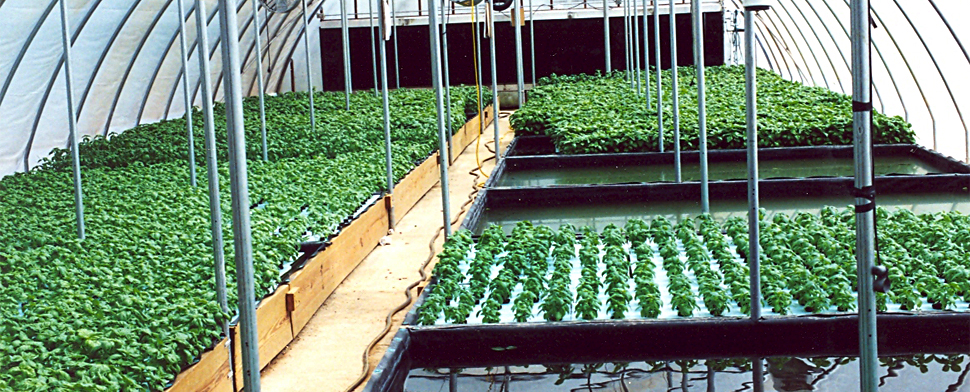Over the last several decades, there has been little change in how plants are being grown hydroponically. Currently, there are 5 hydroponic methods in common use, flood and drain, standing aerated, nutrient film technique (NFT), drip irrigation and aeroponics . The last major advancements in the hydroponic technique occurred when the Nutrient Film Technique, better known by its acronym, NFT, was introduced in the 1970s, followed by the drip irrigation and aeroponic methods developed in the 1980s. All three of these methods are variously modified to meet the particular growing situation under which they are used, such as varying the trough (channel) size, slope and length, the type of rooting media used with the drip irrigation method or the vessel design to accommodate the aeroponic procedure. However, the basic operating principles of each of the methods are still being applied when first introduced. What has yet to occur is a completely different method for the growing of plants in a nutrient solution. Maybe the 5 methods now currently in use is it? All 5 methods varying in their sufficiency in the use of water and nutrient element reagents, a major factor that adds to cost and complicates operational procedures, such the dumping of spent nutrient solution, water leaching of the rooting media, the accumulation of nutrient elements in the rooting media and roots, the potential for disease infections, to name a few. In the past, the input from various research organizations, mainly from Land-Grant Colleges and Universities contributed to various advancements in hydroponic technology, basic and application research activity that no longer exists. Maybe those engaged in growing plants in space, or on various celestial bodies will be the innovators since sufficiency is essential. Right now, hydroponic advancement is stuck in neutral.
Written by admin
![]()
Dr. J. Benton Jones has written extensively on the topics of soil fertility and plant nutrition over his professional career. After obtaining a B.S. degree in Agricultural Science from the University of Illinois, he served on active duty in the U.S. Navy for two years. After discharge from active duty, he entered graduate school, obtaining M.S. and Ph.D. degrees from the Pennsylvania State University in agronomy. For 10 years, Dr. Jones held the position as research professor at the Ohio Agricultural Research and Development Center (OARDC) in Wooster. During this time, his research activities focused on the relationship between soil fertility and plant nutrition. In 1967, he established the Ohio Plant Analysis Laboratory.
Joining the University of Georgia faculty in 1968, Dr. Jones designed and had built the Soil and Plant Analysis Service Laboratory building for the Georgia Cooperative Extension Service, serving as its Director for 4 years. During the period from 1972 and his retirement in 1989, Dr. Jones held various research and administrative positions at the University of Georgia. Following retirement, he and a colleague established Micro-Macro Laboratory in Athens, Georgia, a laboratory providing analytical services for the assay of soils and plant tissues as well as water, fertilizers, and other similar agricultural substances.
Dr. Jones was the first President of the Soil and Plant Analysis Council and then served as its Secretary-Treasurer for a number of years. He established two international scientific journals, "Communications in Soil Science and Plant Analysis" and the "Journal of Plant Nutrition", serving as their Executive Editors during the early years of publication.
Dr. Jones is considered an authority on applied plant physiology and the use of analytical methods for assessing the nutrient element status of rooting media and plants as a means for ensuring plant nutrient element sufficiency in both soil and soilless crop production settings.
View all posts by: admin
No Comments Yet.

